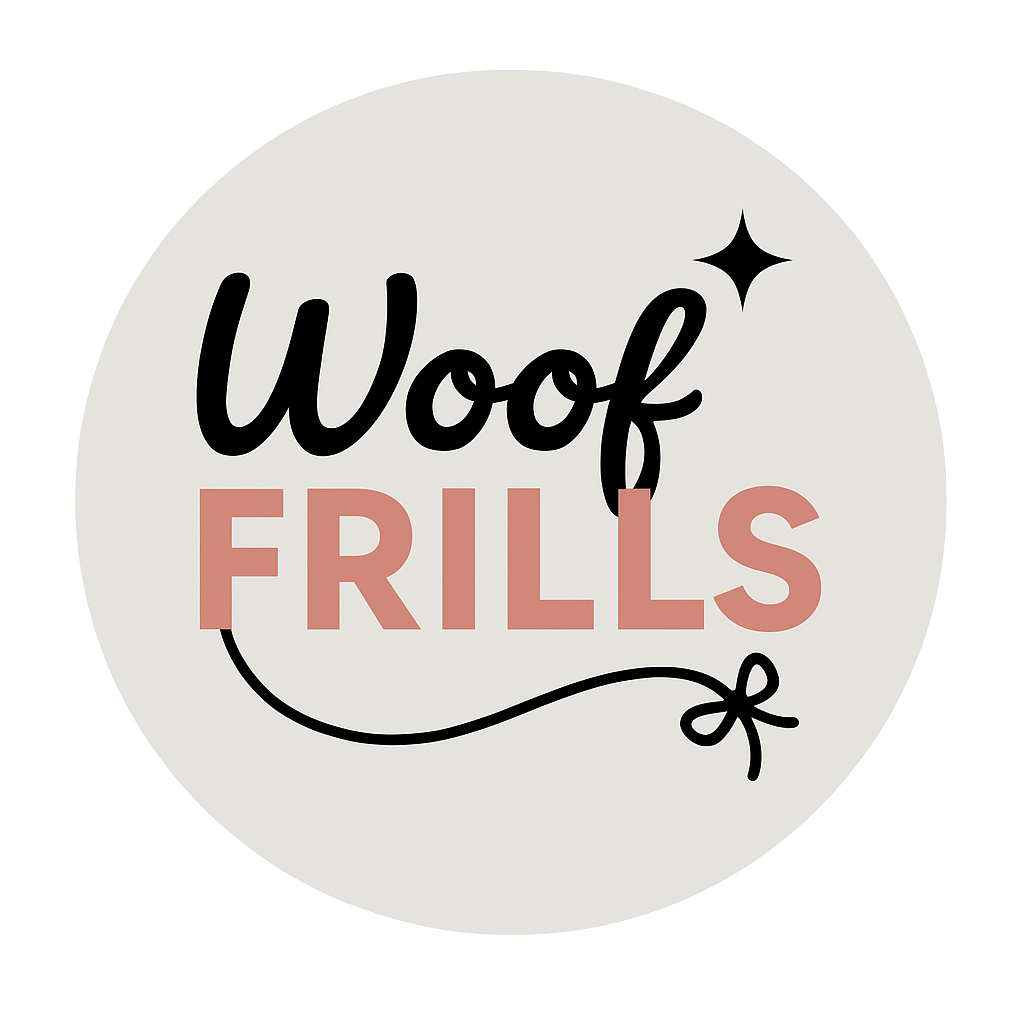Ever feel like your dog is allergic to, well, just about everything? One minute they're happily playing fetch, the next they're sneezing up a storm or gnawing at their paws. Yep, dog allergies are a real thing, and they can leave both pups and their owners feeling frustrated.
Keep reading to discover the top 7 things your dog could be allergic to and how to keep them feeling their best.
Pesky Pollens | Seasonal Allergies in Dogs

Ah, pollen – the trouble of allergy sufferers everywhere, including our dogs. Seasonal allergies are quite common in dogs, with symptoms often flaring up during spring and autumn when pollen counts are high. Watch out for tell-tale signs like sneezing, itchy eyes, and excessive licking or chewing of the paws.
There are some ways to help our pups cope with pollen-induced woes like, regularly wiping down their fur with a damp cloth after walks can remove clinging pollen, and keeping windows closed during peak pollen times can help minimise their exposure indoors. Your vet might also recommend antihistamines or other allergy medications to provide relief for your itchy, sneezy dog.
Dust Mites | Lurking in the Home

We all know the importance of keeping our homes clean, but did you know that those dust bunnies hiding in the corners could be causing your dog's allergies? Yep, dust mites, those microscopic critters that love living in our carpets, bedding, and furniture are a common trigger for year-round allergy symptoms in dogs. They might be invisible but their impact can be quite noticeable.
If your dog is constantly scratching, licking their paws, or battling ear infections, dust mites might be the hidden problem. They feed on dead skin cells (both ours and our pets), and their droppings can trigger allergic reactions in sensitive dogs. So, what's a pet parent to do?
Firstly, don't panic! Regular cleaning is your best weapon. Vacuuming carpets and furniture frequently, washing bedding in hot water, and using dust-mite-proof covers on mattresses and pillows can significantly reduce their numbers.
Mould Spores | A Hidden Threat

Mould loves damp areas, such as basements, bathrooms, and even outdoors in piles of leaves or compost. And while some pups might not even notice a bit of mould, others can experience allergic reactions that leave them feeling less than paw-some.
Breathing mould particles can trigger allergic reactions in dogs, leading to respiratory problems and skin irritation. But, it's all about moisture control! Ensure proper ventilation in your home, fix any leaks promptly, and avoid leaving damp towels or clothes lying around. Regularly cleaning areas prone to mould growth, like bathrooms and basements, is also important. If you suspect your dog has a mould allergy, consult your vet for advice on managing their symptoms and creating a mould-free environment for them to thrive in.
Flea Bites | More than Just an Itch

While fleas are a nuisance for any dog, some pups are allergic to flea saliva and even a single bite can trigger a severe allergic reaction. Symptoms can range from intense itching and skin irritation to hair loss and infections.
In severe cases, flea allergy dermatitis (FAD) can develop, leading to chronic discomfort and secondary skin infections. Therefore, it's essential to prevent flea infestations through regular grooming and flea control measures. Prompt treatment is important to protect your dog's well-being and ensure they remain comfortable and healthy.
Certain Fabrics and Materials | Contact Irritation

Believe it or not, some dogs can develop allergies to specific fabrics or materials, such as wool, synthetic fibres, or even certain types of bedding. Contact with these materials can cause skin redness, itching, and discomfort. If you suspect a fabric allergy, switching to hypoallergenic alternatives can make a difference.
Food Sensitivities | Dietary Dilemmas

We all love to spoil our pets with tasty treats, but for some dogs, their meals might be the source of their misery. Food sensitivities and allergies are more common than you might think, and they can manifest in various ways, leaving both dogs and their owners scratching their heads in confusion.
While some dogs might experience digestive issues like vomiting or diarrhoea, others might show skin-related symptoms like itching, redness, and even hair loss. Common triggers behind food sensitivities include proteins like beef, chicken, and dairy, as well as grains like wheat and soy.
If you think your dog's diet is causing their issues, speak to your vet. They can check for other possible causes and help you figure out which food is causing the problem. This often involves an elimination diet, where your dog is fed a hypoallergenic or limited-ingredient diet for a while to see if their symptoms improve.
Cleaning Products and Chemicals | Household Hazards

Many common household cleaning products, from bleach and disinfectants to air fresheners and laundry detergents, contain aggressive chemicals that can irritate a dog's skin and respiratory system.
Switching to natural and pet-safe cleaning products is a simple yet effective way to protect your pet from these hidden hazards. Look for options that are free from harsh chemicals, artificial fragrances, and dyes. Vinegar, baking soda, and lemon juice are all excellent natural cleaning agents that can tackle dirt and grime without harming your pup.

